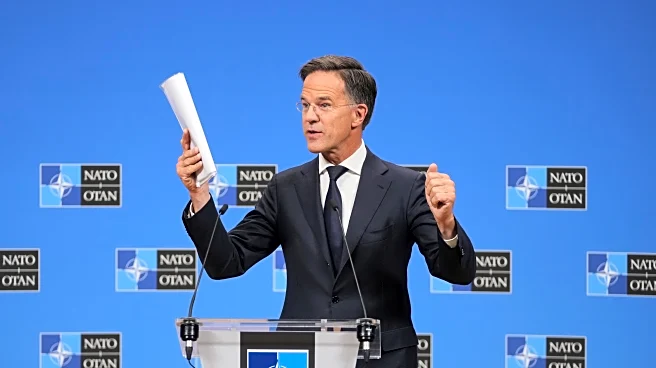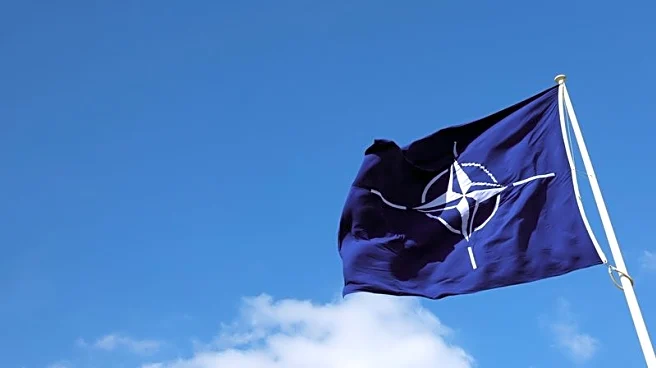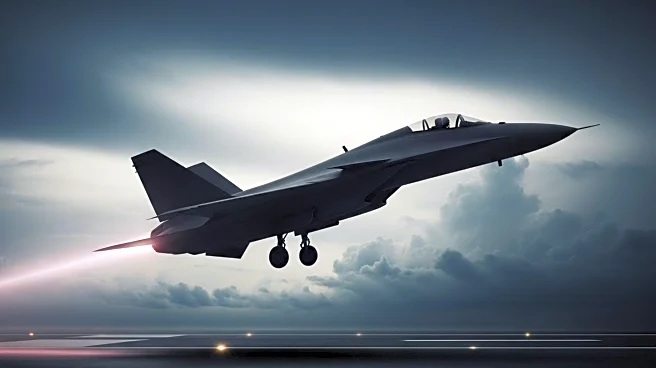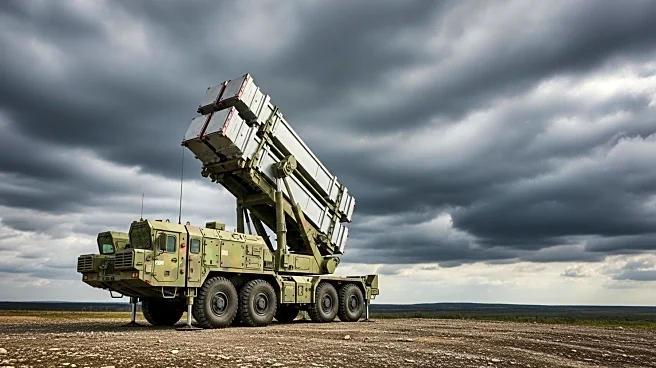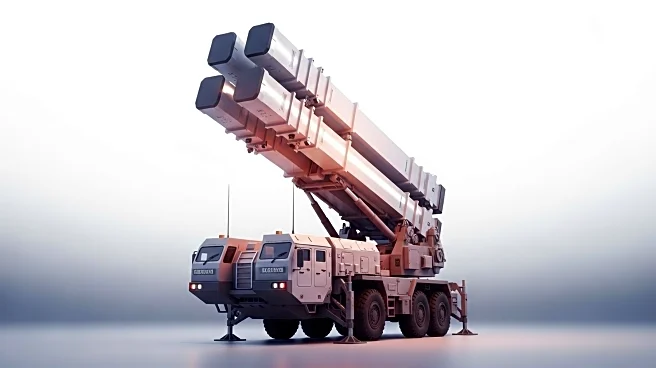What's Happening?
NATO is commencing its annual nuclear deterrence exercise, Steadfast Noon, with increased participation from member countries. This year's exercise will involve approximately 71 aircraft from 14 NATO countries, marking one of the largest participations in recent years. The exercise, centered around the North Sea area, will see the United States contributing F-35 jets for the first time, alongside other support aircraft. The exercise aims to ensure the credibility, safety, security, and effectiveness of NATO's nuclear deterrent capabilities. It comes at a time of heightened nuclear tensions, particularly with Russia, which has been modernizing its nuclear arsenal.
Why It's Important?
The Steadfast Noon exercise is crucial for maintaining NATO's nuclear deterrence capabilities, especially amid rising global nuclear tensions. The exercise serves as a signal to potential adversaries, reinforcing NATO's commitment to defending its allies against nuclear threats. The participation of multiple countries and advanced aircraft highlights the alliance's unified stance and readiness. This exercise also plays a role in informing public debate and opinion about NATO's responsible approach to nuclear deterrence, emphasizing its defensive nature.
What's Next?
The exercise will proceed with briefings and flight operations, focusing on protecting nuclear assets on the ground. NATO's communication strategy around Steadfast Noon aims to clarify its defensive posture and responsible nuclear rhetoric. The exercise is not directed at any specific country but serves to reassure allies and deter potential threats. Continued modernization efforts by countries like France and Russia may influence future NATO exercises and strategies.
Beyond the Headlines
The exercise underscores the importance of international cooperation in nuclear deterrence and the challenges posed by modernizing nuclear arsenals. It highlights ethical considerations in nuclear policy and the need for transparency in military exercises to maintain global stability.

